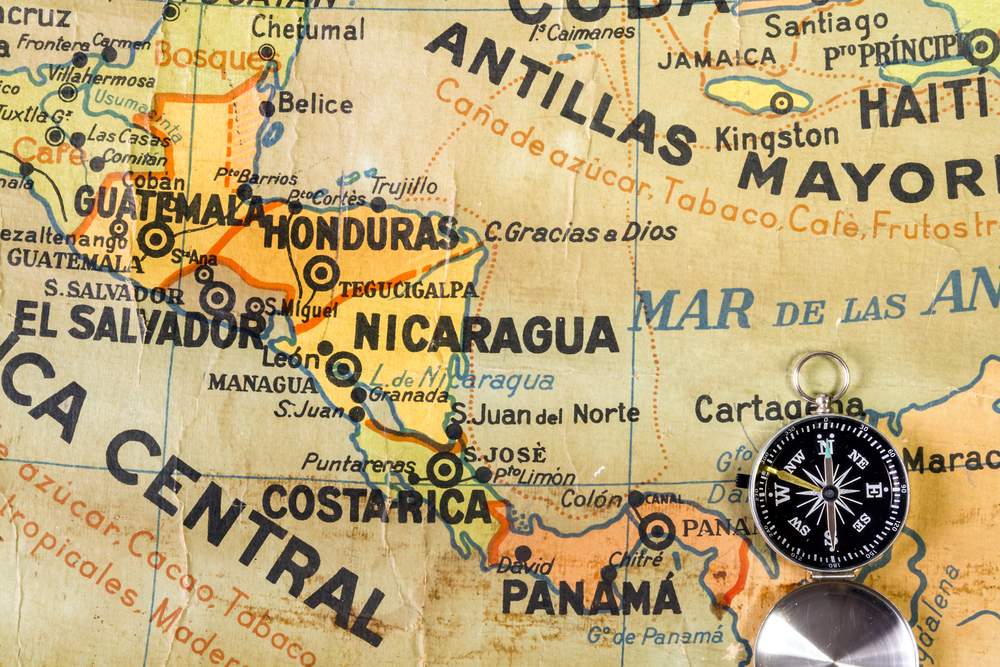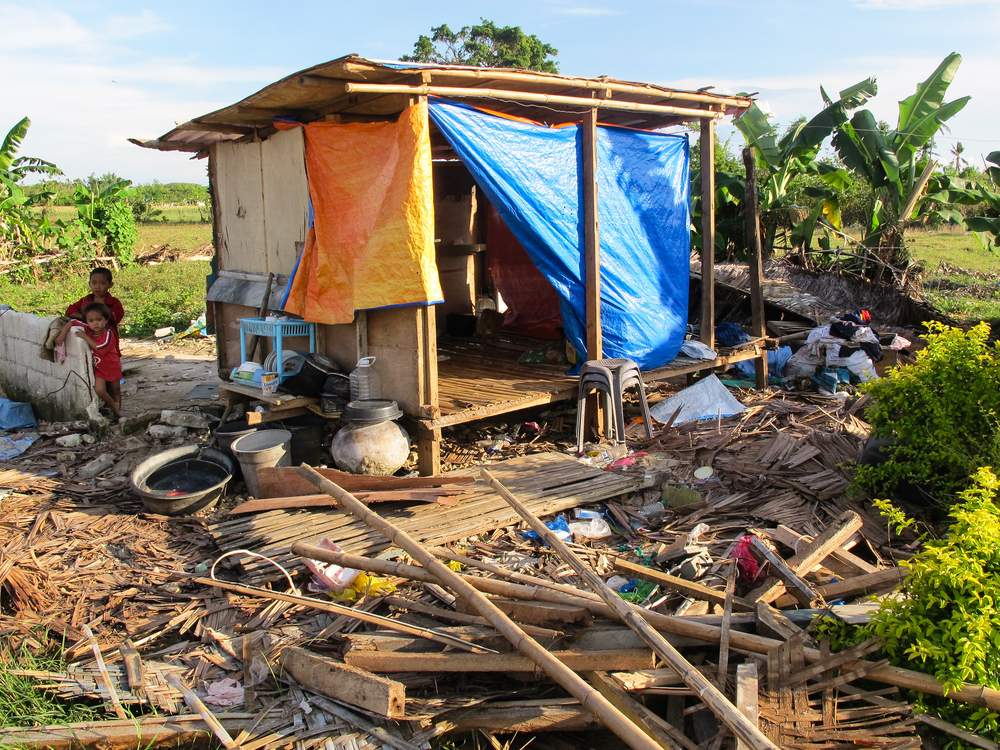Many travelers have considered—even just for a moment—joining
Peace Corps. The allure of two years abroad and the chance to integrate into new and exciting cultures has tempted some 200,000 volunteers into a life of service in 139 different countries. Whether it’s a post-college move or a mid-career shift, Peace Corps provides a unique way to experience places in a way no typical trip allows.
Sure, a sense of adventure and a bit of independence are requirements for the job, but that’s where parallels to travel end. Peace Corps isn’t for every globetrotter or international jetsetter. There are hundreds of reasons to join the Corps—but here are the top five reasons not to.
Traveling For Two Years Sounds Fun

It goes without saying that Peace Corps Volunteers see the world: from the Caribbean Islands to Central America, Eastern Europe, Africa and Asia, too. Volunteer projects extend to the far reaches of the globe. Yet despite this international presence, the happiest volunteers are typically those most content to stay at home. (Their new home, that is.)
Peace Corps Volunteers are brought in to do a job. Whether it’s to build fisheries in a remote region of Zambia, train teachers in computer skills in Eastern Europe or combat HIV/AIDS in China, Peace Corps work is a full-time gig. To be effective, volunteers must integrate into their communities, adapt to new cultures and become familiar with customs and traditions. This means that when the job ends, the hard work of getting to know a place and its people really begins. Only volunteers who stay at site and dedicate time and effort to cultivating relationships actually succeed.
“Peace Corps Volunteers are brought in to do a job.”
Like most jobs, Peace Corps has vacation and holidays, too. However tight volunteer budgets mean travel is anything but glamorous. Modes of transport usually include hitchhiking, bike taxis, donkey carts, canoes and banana trucks. And that’s if those options even exist. For volunteers in the Pacific Islands it can take days to get to the nearest major land mass. And in Mozambique, some volunteers are placed in stations so remote they must be flown to meetings in the capital.
It’s a Great Resume Builder

Face it. Cashier at the SuperSave just doesn’t hold the clout of Returned Peace Corps Volunteer when it comes to resumes. The latter title sends a message to potential employers that the job applicant is serious, that he or she can live and adapt to life in a foreign land, and to new cultures and social norms as well. Peace Corps on a resume is proof of adaptability, tolerance and a unique worldview. Not to mention the fact it should provide more interesting answers to the dry interview favorite, “Tell me about a time you overcame a challenge…”
Resume building might provide enough motivation to get through the Peace Corps application process (which can take up to a year), but it’s unlikely that one-page, single-spaced, watermarked paper will be enough to get you through the really tough days—let alone two years of them. So while it may be tempting to follow in the footsteps of Peace Corps alum like novelist Paul Theroux or TV journalist Chris Matthews, the best volunteers are those committed to sustainable development, not their career development.
You Never Lived Abroad in College

There’s something romantic about spending a year abroad. The excitement of a new culture. The beauty of a language. The potential for foreign love. While these opportunities exist in a Peace Corps world, the realities of daily life are anything but romantic. There are children climbing up windows, rabid dogs on morning runs, beyond-basic accommodations and more often than not, no toilets or running water. This is not a semester at sea, or a year in Paris. For people looking to revisit those days of binge drinking with coeds, Peace Corps service will be a serious disappointment.
“…in a Peace Corps world, the realities of daily life are anything but romantic.”
Volunteers are sent to developing countries and placed in remote villages and tiny towns. They live like locals—in terms of both income and housing. From cement houses to mud huts, volunteers learn to live without the “necessities” like running water and toilets. In places like Mali, access to fresh foods is extremely limited, which means meals are often the same morning, noon and night. And, unlike a semester at sea or study abroad, Peace Corps offers no tour guide or set schedule, which means figuring out the pace of life and a balance with work is left up to the volunteer.
Two Years is Perfect for Learning Spanish

Peace Corps Volunteers are placed all over the world, but just 24 percent end up in Central and South American countries. Because the demand for Spanish speakers is high and the desire to be placed in those countries is great, Peace Corps usually sends volunteers who are already fluent in the language. (And yes, there is a test to prove it.) For this reason, taking an immersion class or traveling long-term in a Spanish-speaking country might be a better approach for those only interested in mastering the romance language.
“…taking an immersion class or traveling long-term in a Spanish-speaking country might be a better approach…”
The lengthy application process leaves no room for requests when it comes to country placement. Potential volunteers can rank regions—like Sub-Sahara Africa or Asia—in terms of interest, but ultimately Peace Corps calls the shots when it comes to final placement. Most volunteers do become proficient in a language while serving overseas, and while it may not be one of the most widely spoken tongues, there are some pretty cool bragging rights associated with knowing a language just .05 percent of the world’s population speaks.
You Want to Change the World

Changing the world is a pretty tall order, and while most volunteers join Peace Corps because they want to do good, having such lofty ambitions can be a dangerous thing.
In reality, having an impact takes a lot of time, work and a serious amount of effort. But it is possible—just usually on a smaller scale. Unfortunately, focusing on the macro often results in forgetting about the micro, and most Peace Corps Volunteers’ biggest contributions happen on a much smaller scale.
“In reality, having an impact takes a lot of time, work and a serious amount of effort.”
Whether it’s teaching one man to fish so that his family and village have enough to eat, helping a women’s collective to set up and run their own small business, or improving test scores in a class of grade threes, Peace Corps Volunteers touch the lives of individuals more than they change entire worlds.
Joining the Peace Corps is an amazing way to integrate into a new community, explore a culture and understand a people. The experience creates a familiarity that is nearly impossible to match with more typical travel. While there’s an opportunity to see new countries and explore far away destinations during service (and even after), the biggest challenges and rewards come from the time spent at home, in the village, with members of the community. It may be impossible to change the world, but living in a tiny corner of it is a reminder that it is possible to change individuals, circumstances and ourselves.
If you want to make a difference on a shorter trip, consider voluntourism.




